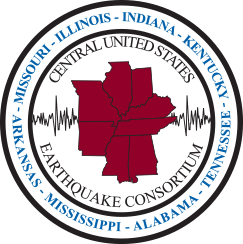A personal emergency kit is a necessary addition to keep in the trunk of your car, or at your office desk. An emergency kit will allow you to administer simple first aid, receive emergency information, and more. Your personal kit can be stored in a backpack or duffel bag, or also in a plastic storage bin. If you leave the kit in the car, be sure to secure it in place using rope or bungee cords and rotate out any perishables on a regular basis.
Recommended contents for a personal emergency kit:
– Portable radio with extra batteries
– Flashlight and extra batteries
– Emergency Contact information
– First aid kit
– Toilet tissue
– Handy wipes
– Several days supply of any prescribed medicine
– $2.00 in quarters for telephone
– Blanket
– Canned goods & can opener (no cooking required)
– Bottled water
– Extra clothing
– Walking shoes
– Gloves
